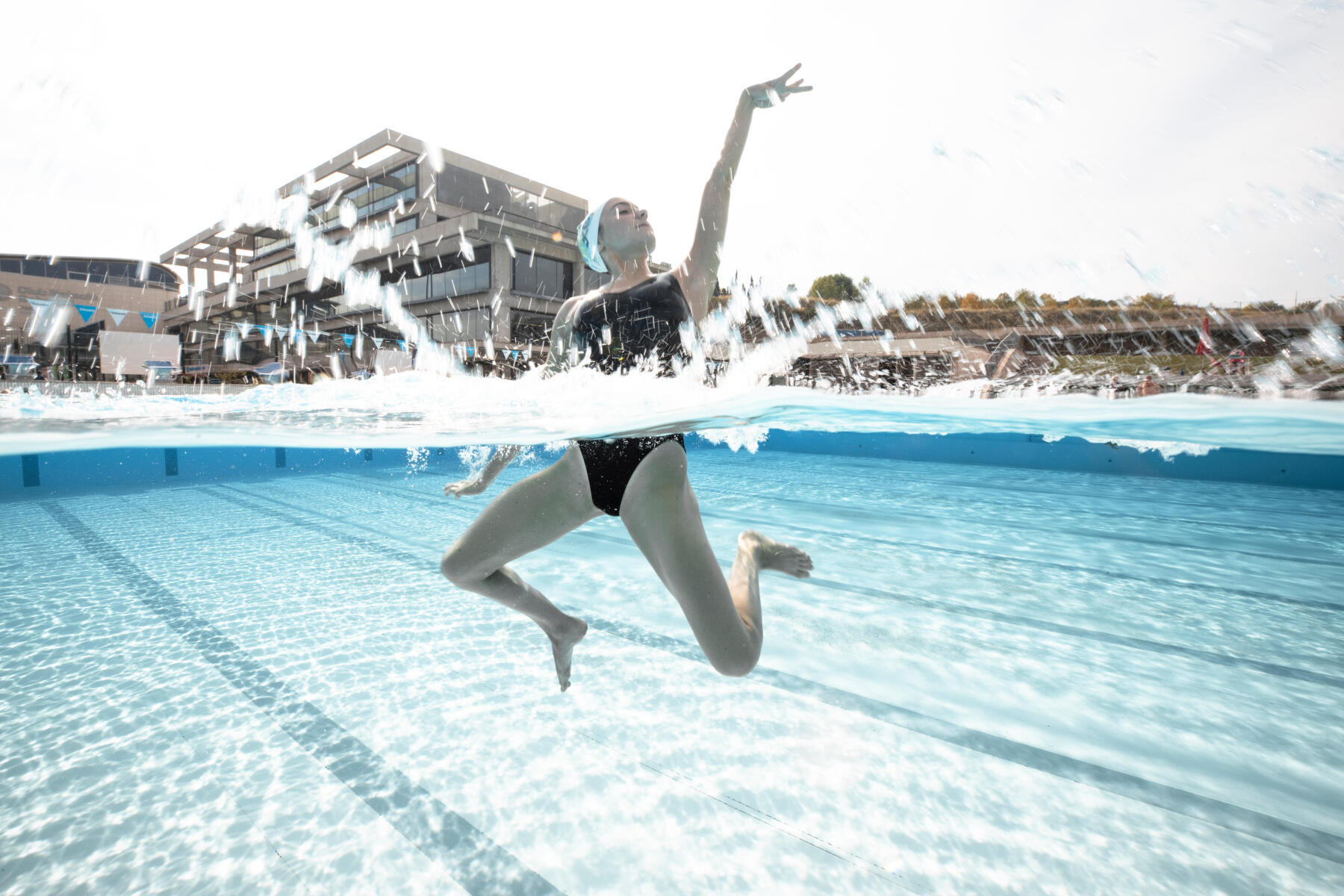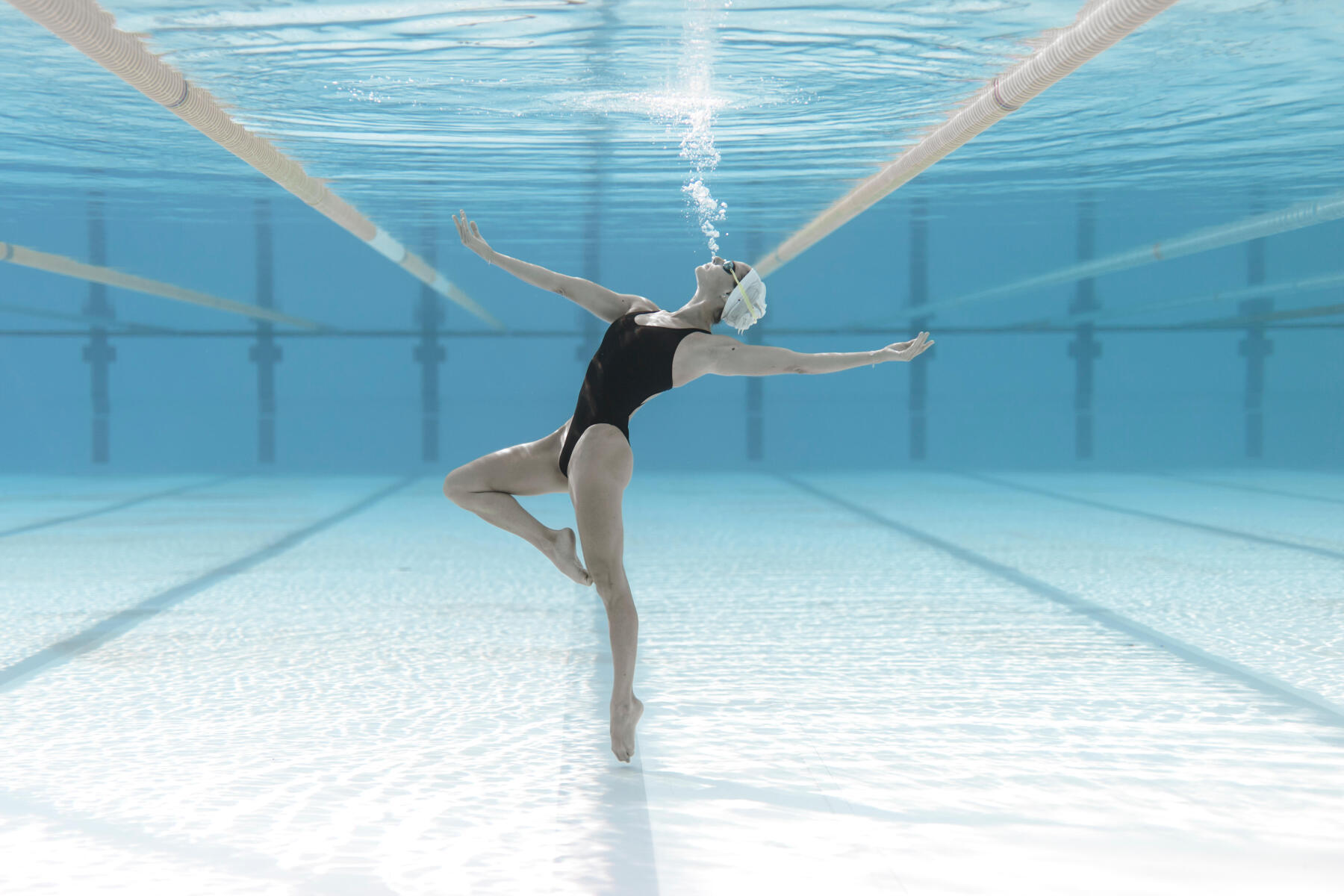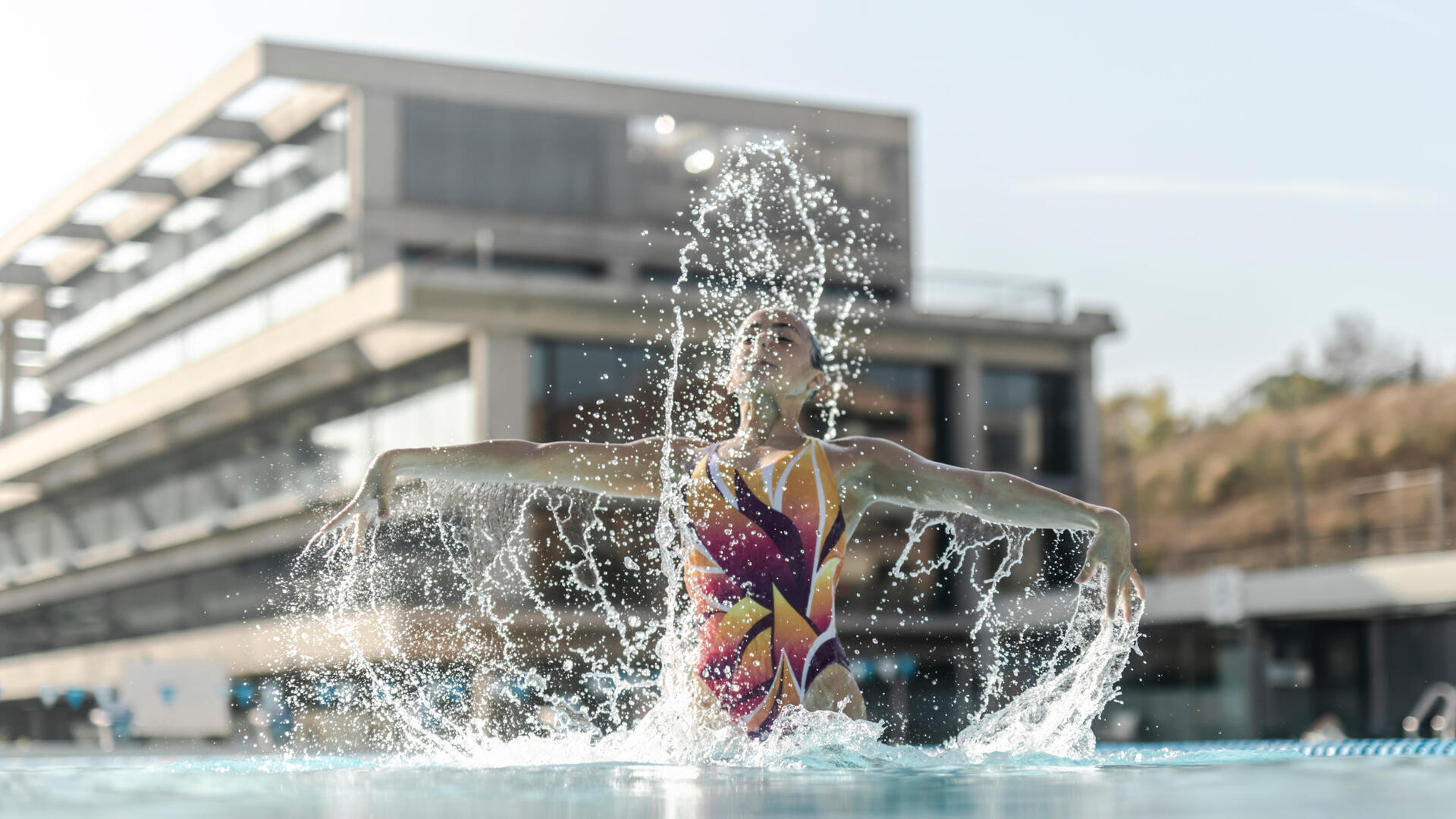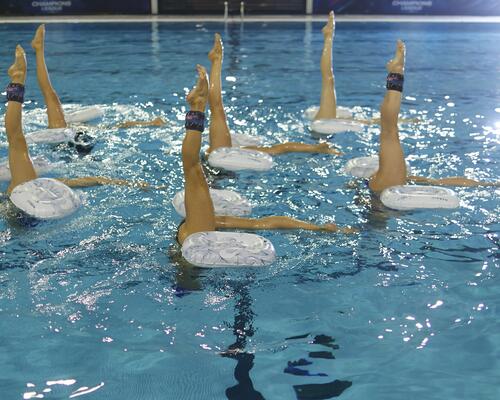At what age can i start artistic swimming?
There's no age limit to start synchro swimming: it's never too late! If you are comfortable in the water and want to give it a try, do it! More and more clubs offer time slots for all age groups, from the very young to adults, even beginners. Learning will be easier if you start at an early age... as in any discipline. But with persistence and hard work, you'll progress.
In general, clubs accept children from 6 or 7 years old, sometimes younger for certain clubs. Obviously, it will be easier to start synchro in good conditions if the future swimmer is already comfortable in the water: if you're not afraid, and know how to put your head underwater, etc., that's already an advantage! It is also possible to start artistic swimming a little later, around the age of 8, and access high-level teams if your child has practised somewhat similar activities, such as dance, gymnastics, or rhythmic sports gymnastics ... these kinds of activities have something in common with the synchro: they develop flexibility, core strength, tone, sense of rhythm... so they help as well!
But note one thing: Just because your child is 9 years old and has never played another sport does not mean they should be prevented from joining a synchro swimming club! In many clubs there are so-called “recreational” groups which do not take part in competitions, or which take part in county or regional competitions only; the level of these groups is generally more accessible and less demanding than that of high-level groups. There are also clubs that offer introductory courses to learn the basics of synchro and put on “shows”, highlighting artistic creativity! That's another facet of our discipline, a bit like mermaid swimming… In short, artistic swimming is not only about competitions and technique: you can also practice in a more fun way and find pleasure in different aspects of the sport.









